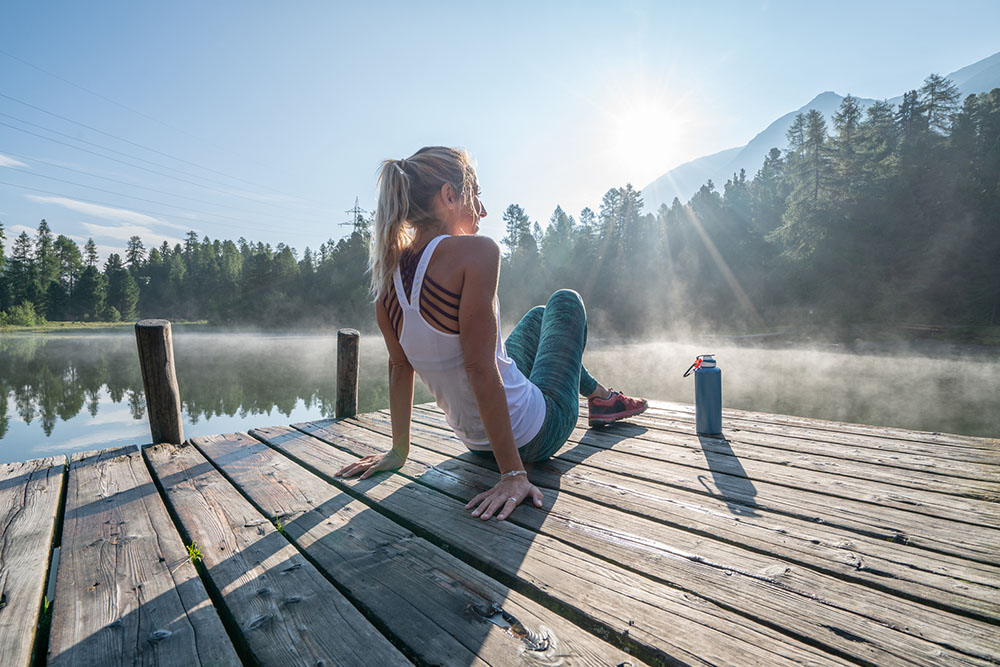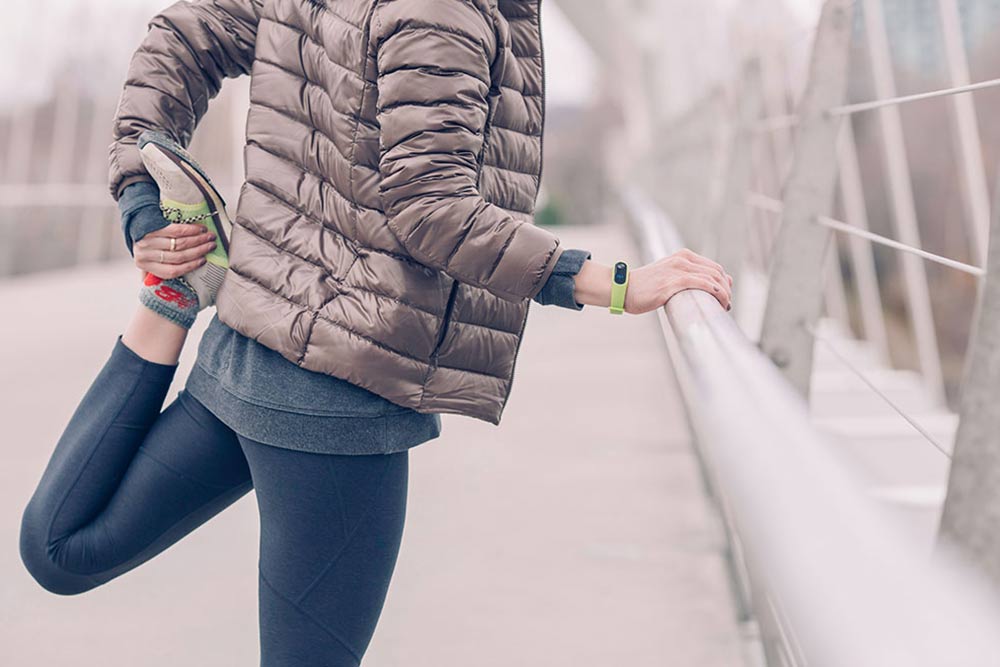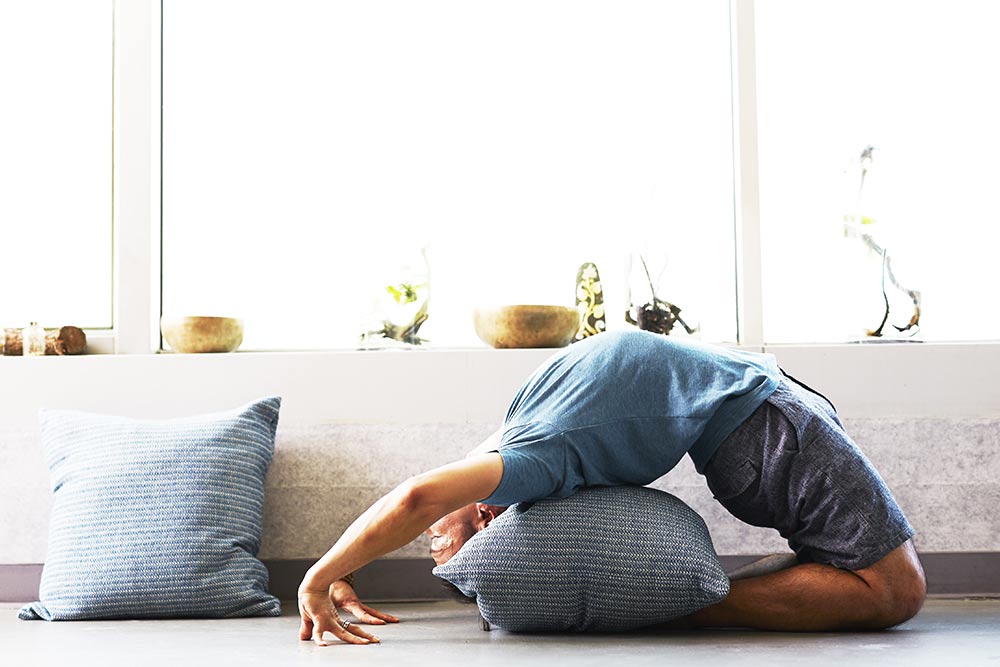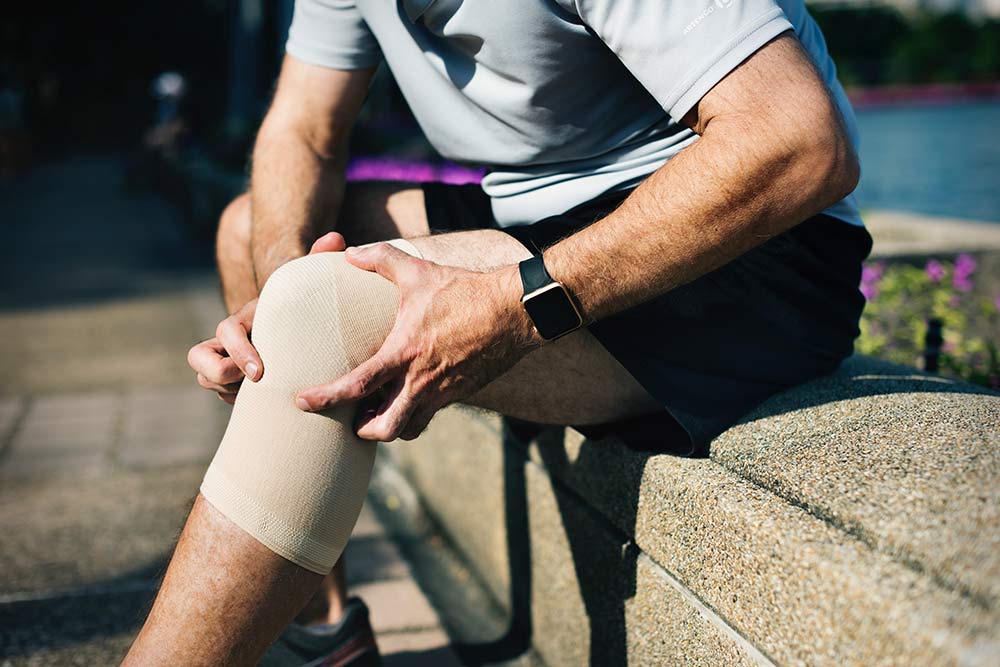It’s All In The Hips
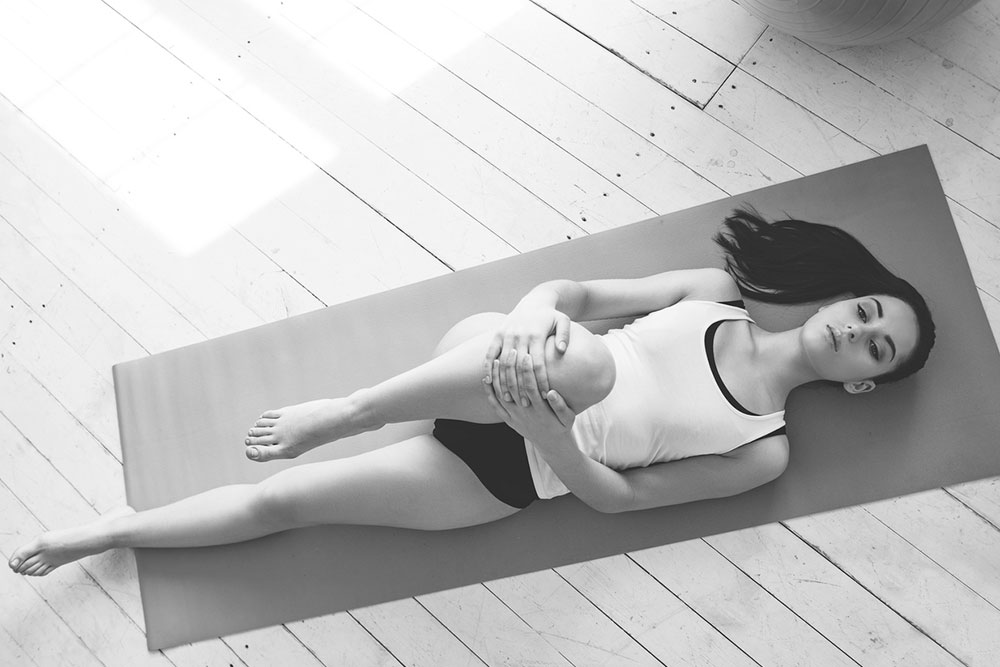
Ryan Cross – B.A. Hons (Kin), MScPT, FCAMPT
Registered Physiotherapist at CBI Physiotherapy and Rehabilitation Centre in Sarnia, Ontario, Canada
Low back pain and knee pain are two of the most common areas of the body to get injured and require physiotherapy treatment. It has been reported that approximately 80% of us will encounter back pain at some point in our lifetime (Cassidy et al. 1997). Knee pain can also be a debilitating ailment. Approximately 29% of Canadians aged 20 or older who had been diagnosed with arthritis reported osteoarthritis pain in one or both of their knees (MacDonald et al. 2014). Patellofemoral pain syndrome is another common condition of the knee affecting people of all ages. Sometimes overlooked in the development and management of these conditions is the hip joint.
The hip is a ball and socket type joint with movements in three directions plus combined movements. This allows for a lot of mobility, but the hip is actually a stable joint due to its deep socket (acetabulum). The hip is also surrounded by many powerful muscles with some creating the movement and other muscle groups controlling the movement. As the most proximal link to the lower extremity, the force will be transmitted through the hip during any functional task involving the lower extremity. Given that the hip can move in multiple directions and it is the proximal link to the pelvis and spine, limitations in movement can contribute to pain in the lower back or the knee.
Related Article: Improve Performance With Mobility Training
Low Back Pain
Low back pain is one of the most common injuries that a physiotherapist will see in the clinic. The dreaded disc herniation typically occurs when the back is twisting (rotation), especially when combined with flexing forward and lifting. Rotation puts increased strain on the disc because the lower back only allows for a small amount of rotation range of motion. The hip joints, on the other hand, rotate more freely in normal circumstances. When you twist and turn each way, it is your hips that allow a lot of the motion (in addition to other links in the kinetic chain).
Similarly, some people are able to bend all the way forward and touch their toes because the hip joint has plenty of mobility. When motion is restricted around the hips, this can influence how the back moves and put undue stress on the lumbar spine. Think about the golf swing and how much rotation is required. If there is a mobility restriction in one or both of the hips, the spine will have to compensate. Therefore, mobilizing the hip joints could help prevent a lower back injury or help you recover faster. And, who knows, maybe help your golf game!
Knee Pain
The knee is another commonly injured joint. We all probably know someone who has had their knee replaced because osteoarthritis has progressed and become too painful. Sometimes your knee starts to hurt when you start running as part of a New Year’s resolution. In both cases, the hip may be a contributing factor in the development of these knee issues. Patients who have osteoarthritis of the knee have been shown to have weakness of the muscles surrounding the hip (Hinman et al. 2010).
There may also be the restricted motion of the hip and mobilizing the hips may provide a benefit to people with osteoarthritis of the knee (Currier et al. 2007). Hip muscle weakness is also a factor in patellofemoral pain syndrome and a hip strengthening program can help decrease pain in these cases (Ferber et al. 2011). Restoring proper hip range of motion and building strength in the muscles around the hip can help alleviate your knee pain.
Exercises to strengthen your hips that could help with low back and knee pain-
Banded Bicycle
- Wrap a theraband around your feet
- This will provide resistance as you move your leg straight and pull your knee up
- Resistance in each direction will target hip flexor and extensor strength
- Hold each position for 10 seconds, repeat 10 times.
Single Leg Hip Bridge with a Knee Lift
- Wrap band around your feet
- Lift one foot off the ground and use the opposite leg to lift your hips off the ground
- From this position lift your knee up as far as comfortable
- These movements help to strengthen the hip flexor and gluteal muscle groups
- Hold for 10 seconds and repeat 10 times
Side Plank with Hip Thrust
- Wrap the band around your knees
- Lift the top leg to stretch the band
- Move into a side plank position and push your hips forward
- Hold 10 seconds, repeat 10 times
Lunge with Gluteal Activation
- Wrap the band around your knee and get into a static lunge position
- Pull the band to pull your knee in
- Use your hip muscles to prevent the knee from moving in by pushing against the band
- Squat down and hold position 10 seconds, repeat 10 times
Fire Hydrant
- Wrap band around your knees
- Get on hands and knees
- Reach your knee back and out against the band resistance
- Hold 10 seconds and repeat 10 times
Takeaway
With any injury, it is important to assess both the area of pain as well as the entire kinetic chain to determine the root cause of the injury and guide treatment. In the cases of low back or knee pain, the hip can play a significant role in contributing to your pain and helping alleviate your pain. Go see a physiotherapist the next time you notice pain in your back or knee and they can determine if the hip is contributing to your symptoms.
Related Article: When You Should Go See a Physical Therapist
References:
Cassidy JD, Carroll LJ, Cote P. 1998. The Saskatchewan Health and Back Pain Survey: The prevalence of low back pain and related disability in Saskatchewan Adults. Spine 17: 1860-1867.
MacDonald KV, Sanmartin C, Langlois K, Marshall DA. Health Reports, Vol. 25, no. 9, pp. 10-17, September 2014 • Statistics Canada, Catalogue no. 82-003-X Symptom onset, diagnosis and management of osteoarthritis • Research Article
Hinman RS, Hunt MA, Creaby MW, Wrigley TV, McManus FJ, Bennell KL. Hip muscle weakness in individuals with medial knee osteoarthritis. Arthritis Care Res (Hoboken). 2010 Aug;62(8):1190-3.
Currier, LL; Froehlich, PJ; Carow, SD; McAndrew, RK; Development of a Clinical Prediction Rule to Identify Patients With Knee Pain and Clinical Evidence of Knee Osteoarthritis Who Demonstrate a Favorable Short-Term Response to Hip Mobilization. Physical Therapy; Washington 87.9 (Sep 2007): 1106-19
Ferber R, Kendall KD, Farr L. Changes in Knee Biomechanics After a Hip-Abductor Strengthening Protocol for Runners With Patellofemoral Pain Syndrome. Journal of Athletic Training 2011;46(2):142–149
You Might Like:







